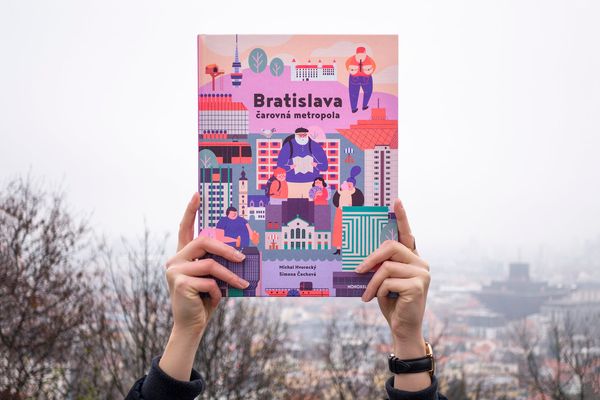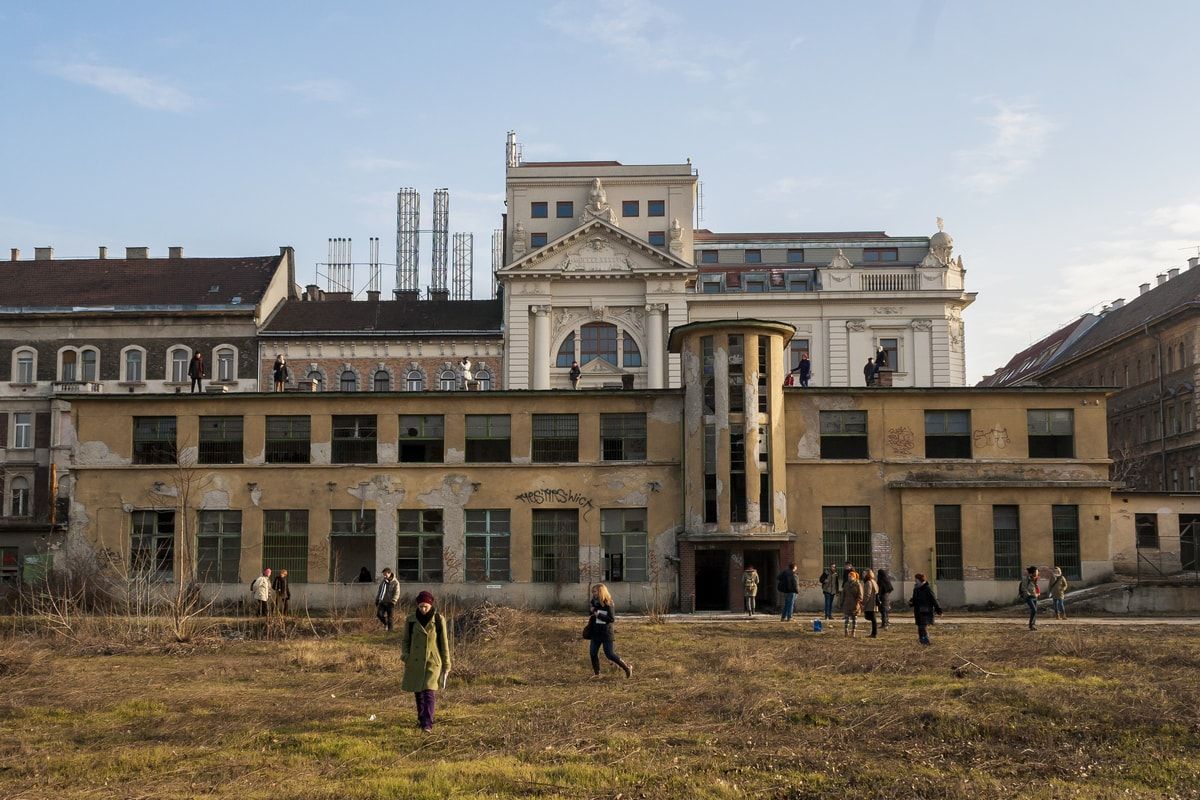Many exciting examples were born of the creative, community-focused utilization of deserted buildings which seem to multiply by the day in the Hungarian capital, too. In spite of all the great initiatives, however, no effectively operating schemes have been established so far to give sufficient motivation to those concerned. But why is it of key importance to reintegrate deserted buildings into the urban fabric? What benefits, challenges and potentials does it have? What are the current challenges occurring in relation to the premises emptied out during the pandemic?
We asked urbanist Levente Polyák, the founder of the former Lakatlan project of KÉK Contemporary Architecture Center about the issue.
The Lakatlan (Vacant City) project was launched in 2012, when the issue of vacant buildings became a more and more important problem and conversation topic after the economic crisis across Europe. Levente spent a lot of time in Berlin and Rotterdam at the time, and he wanted to channel back his experiences with the reimagination of deserted buildings in these cities to Budapest. Levente was responsible for the Lakatlan project running under the aegis of KÉK with Júlia Oravecz and Judit Schanz. In the beginning, they started out as an international talk series and as a platform collecting the knowledge related to the topic, then they induced more and more changes in Budapest.
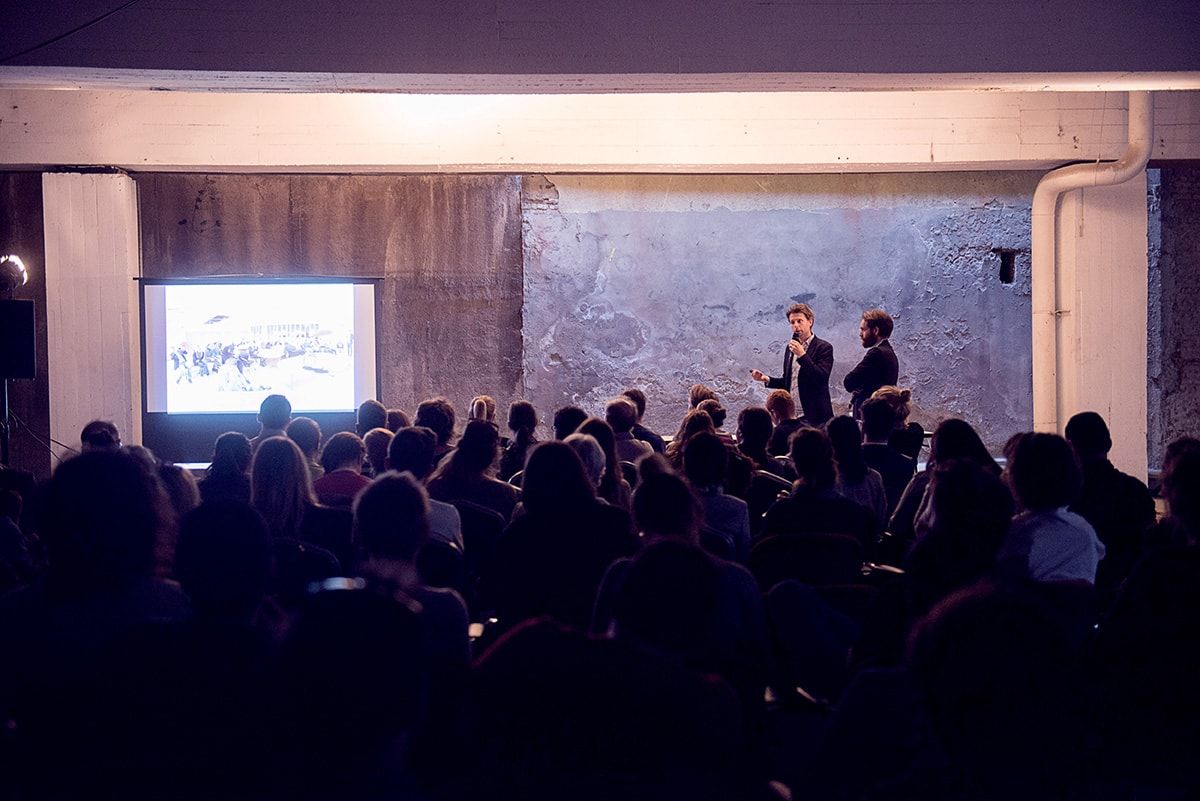
They wanted to raise the attention to the fact that even though vacant properties are important elements of the real estate system of the city, if there are too many of them, the healthy balance tips over and harmful mechanisms might be established. The quality of unused properties deteriorates, their value decreases and thus the trade and public safety of the area also declines, which might result in a chain reaction. One of the most dramatic examples for the latter is the city of Detroit, but we might also think of the closed stores on Budapest’s Nagykörút that have lost their function.
Therefore, in their opinion, the empty real properties should be interpreted as unexploited resources and new value should be created in them via interim utilization. Thus, solutions to renovate vacant buildings, to conserve them, to find their new functions, to rehabilitate certain districts as well as to connect projects looking for a home and the available places might be born. In an optimal scenario, this results in win-win-win situations that benefit the owners, the neighborhood and the organizations moving in, too. Thus, interim utilization is realized as an economic, social and cultural benefit.

The buildings opened with a new function, previously closed from the public eye, have a sort of exclusive and mysterious feel to them. This usually results in significant interest on the side of locals: they can take a peek behind the scenes of special venues, which they could not do before and probably won’t be able to do in the future either. We recently published an article about a popup bar in St. Petersburg that was opened in an abandoned castle for the time of renovations. The project of the Hungarian University of Fine Arts dubbed OTTHON and focusing on housing was a popular event series in Hungary in recent years, in the framework of which those interested could explore the Otthon department store that has been standing in Budapest’s Rákóczi Road abandoned for years. A more current example is the electric center of the Óbuda Gas Factory, which was temporarily opened in the framework of the OFF Biennale.
Over their four years of existence, the Lakatlan team has created a community map to collect vacant real properties in Budapest. They have supported countless of initiatives and they summarized the conclusions of domestic projects in their exhibition titled Adaptív Város (Adaptive City) and their publication Civil Város (Civil City), in relation to the successes and challenges of MÜSZI, Jurányi Incubator House, Átrium Film-Színház, Auróra and Gólya. In the course of the Nyitva! festival (Open!), they allowed temporary tenants to try out their business idea for a month in vacant stores so that they did not have to get committed with a years-long contract.
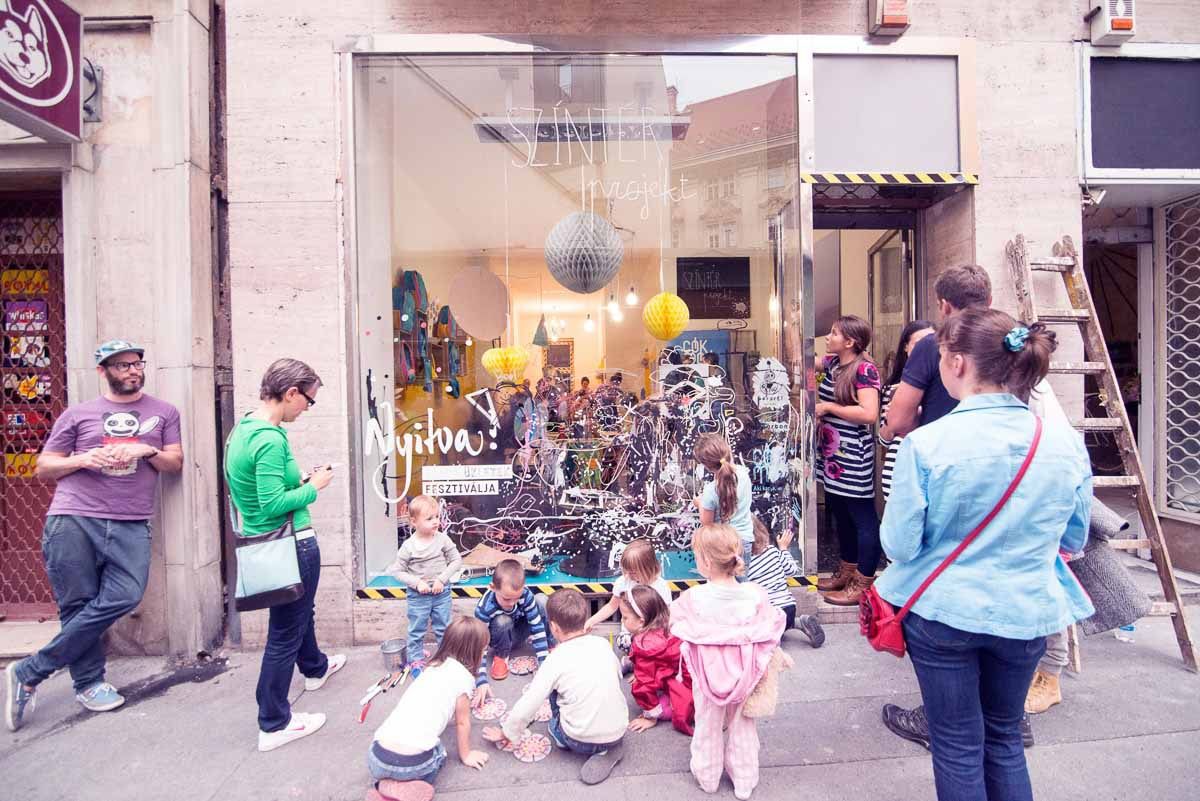
In addition to the usual legal, economic and architectural conditions, in Budapest there is an extra complicating factor: every district has its own legislation and rules, which makes it harder to develop widely accepted formulas and practices. “The goal was to develop mechanisms through which it becomes easier to access vacant real properties so as to spare civilians from having to figure out how the system works on their own. We wanted to make real estate management more transparent and accessible. After some time, however, we started to feel that this cannot work without the commitment of the entire public sphere. We had some successes but our results didn’t get to the legislation level. So in 2016 we ceased the activity of Lakatlan in this form,” Levente told us.
Even though it won’t relaunch in a comprehensive manner, the Lakatlan project will still continue in some form. More attention is paid to exploring empty real properties at Moholy-Nagy University of Art and Design, too, and Budapest’s management also has current projects with Torino, Gdansk and Cluj Napoca where they are thinking about the community utilization of publicly owned properties. KÉK will organize the Nyitva festival again this fall, this time only focusing on Budapest’s Erzsébetváros district, and they are continuously consulting the former Lakatlan team in this regard. “The past year has taken its toll on retail trade all across Europe: our shopping habits are transforming, people have switched to ordering things online. We should nevertheless not forget that the retail premises also fulfil a social cohesive role: they are important parts of the social welfare network. We must rethink what we should do with the emptying stores in a community direction,” Levente shared with us. Another great example for the creative utilization of temporarily closed stores is the Zero Flash Show conducted in the fall of last year, in the framework of which contemporary visual art pieces were exhibited in shopwindows in downtown Budapest.
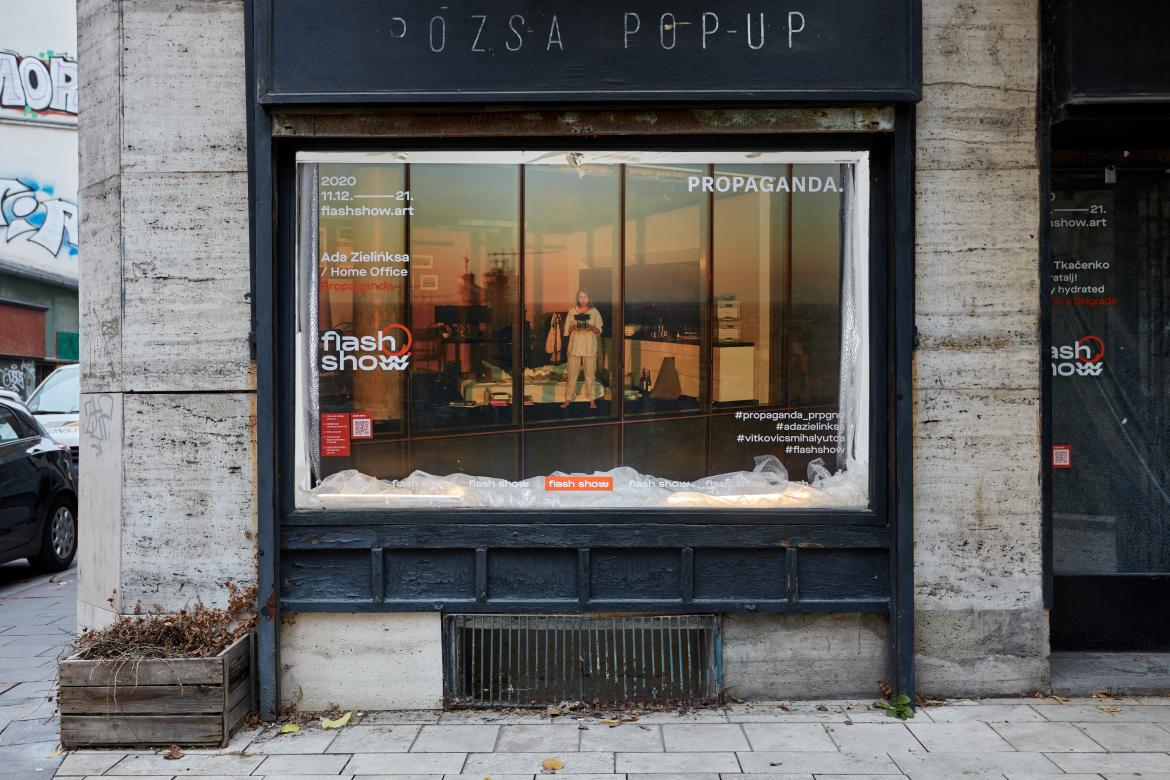
One of the greatest conclusions of the Lakatlan project is the need to motivate civilians, property owners and local governments collectively in inclusive urban planning and in a joint, proactive discussion about deserted buildings.

Healthy choice | Green Chef

Stylish pets | TOP 5
